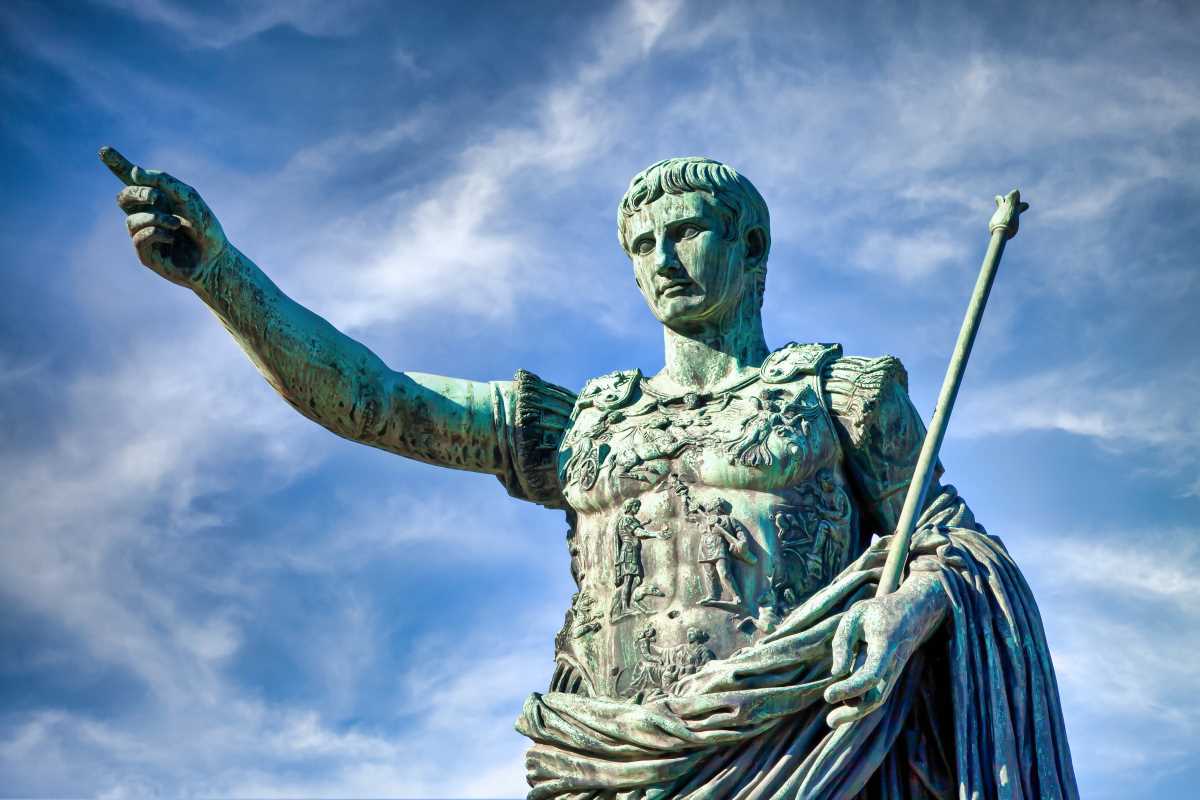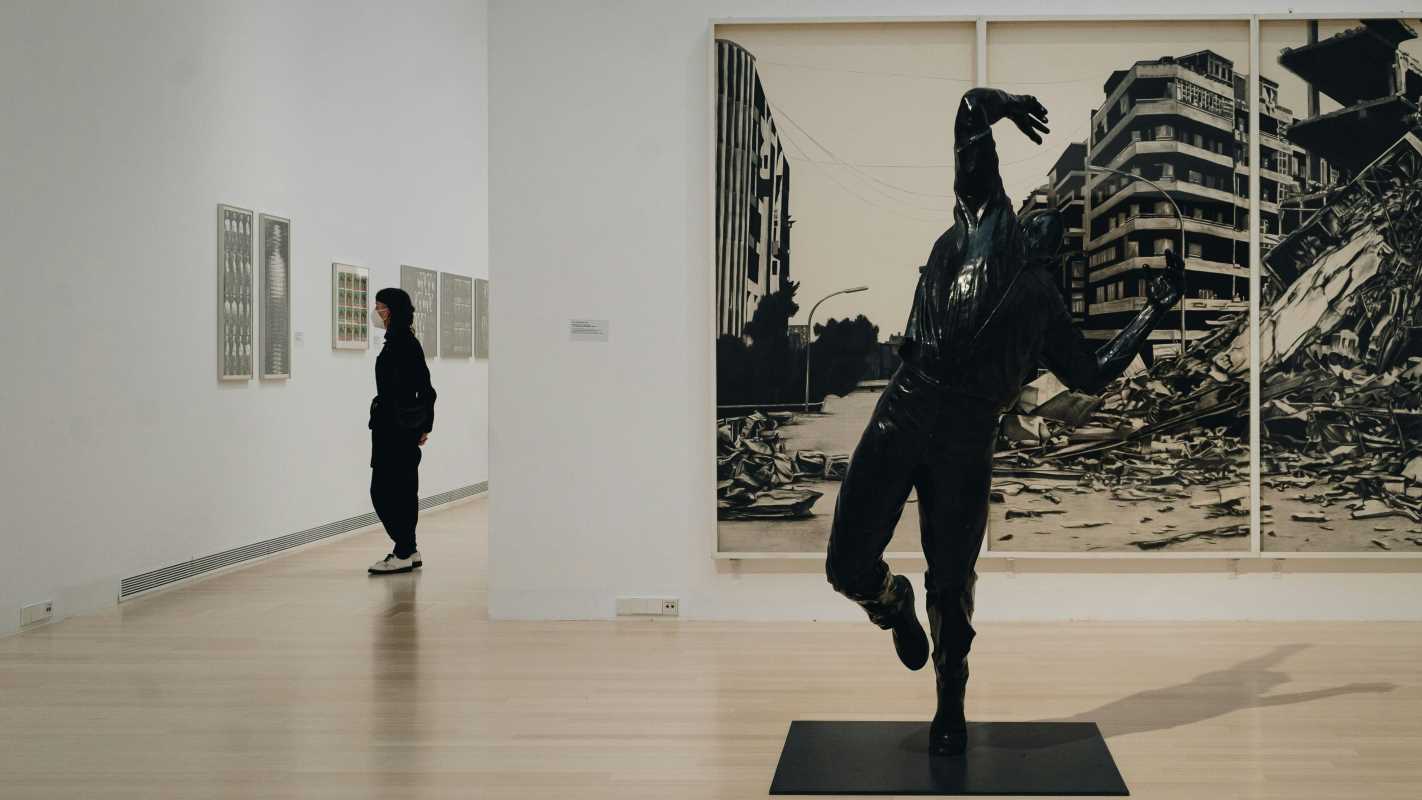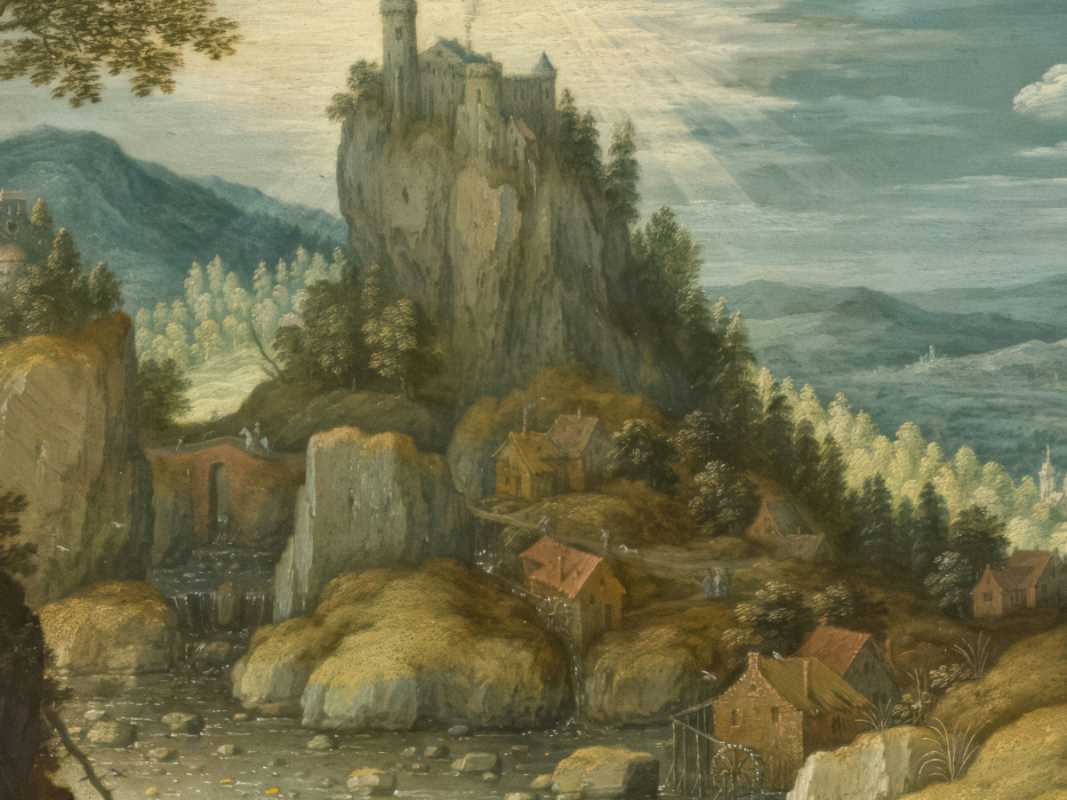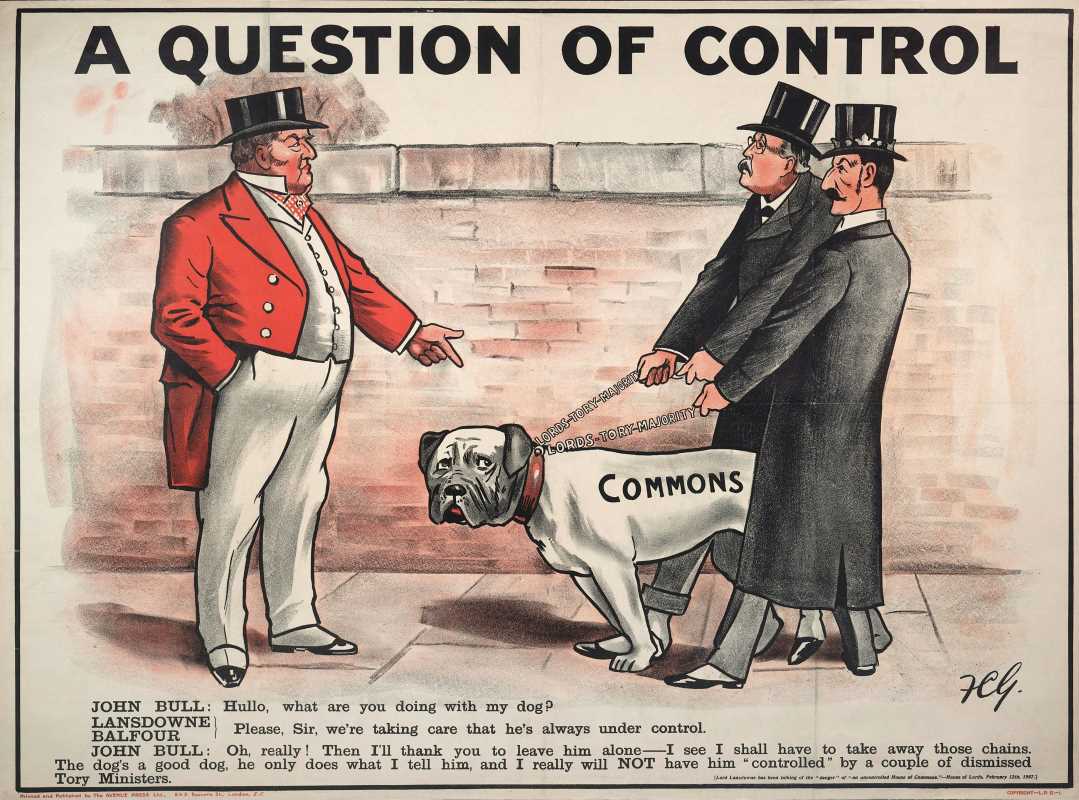Propaganda art has always wielded immense power in shaping history. From rallying masses and demonizing foes to influencing perceptions and boosting morale, its impact during times of conflict cannot be overstated.
While its intention is often tied to manipulation, the stories it tells and the emotions it stirs offer revealing insights into the societies that created them. Through historical examples, we’ll explore how propaganda art became a strategic weapon during key conflicts and what it means for us today.
Rallying the Masses to Support a Cause
One of the primary roles of propaganda art has been rallying public support for political or military causes. Well-crafted visuals and emotionally charged messages have inspired millions to unite behind leaders and movements throughout history.
Take World War I, for example. Governments used posters with striking visuals and bold slogans to encourage enlistment, increase funding, and promote patriotism. British recruitment posters featuring Lord Kitchener pointing directly at the viewer with the words "Your Country Needs YOU" became iconic. Similarly, in America, James Montgomery Flagg’s Uncle Sam Wants YOU poster showed the sheer power of art to grab attention and spur action.
These works painted war as a noble effort, appealing to the population’s sense of duty while simplifying the conflict into ideals of good versus evil. The vivid imagery and urgent tones didn’t just ask people to engage in the war effort; they created a sense of pride in doing so.
Propaganda art wasn’t limited to posters. Films, such as Leni Riefenstahl’s Triumph of the Will in 1930s Nazi Germany, elevated rallying to an art form. By using awe-inspiring imagery and grandiose music, it effectively glorified the Nazi Party and Hitler’s leadership, cementing support among German citizens.
Demonizing the Enemy
Propaganda art has a long history of dehumanizing opponents to justify conflict. By portraying the enemy as monstrous or evil, it stoked anger, fear, and hatred. This tactic has been especially prominent in the two World Wars but can be found in other periods of history as well.
During World War II, Allied and Axis powers bombarded their citizens with art designed to vilify the opposition. American propaganda often depicted Germans as brutal and Japanese soldiers as subhuman, relying on racial caricatures and exaggerated grotesque features. The infamous Karikaturn magazine in Germany, meanwhile, used drawings to malign Jewish people, perpetuating harmful stereotypes to justify Nazi ideology.
Dehumanizing propaganda created a psychological distance between opposing sides, making it easier for citizens to accept violence and atrocities as necessary or even just. While effective at solidifying division during wartime, these works left behind a legacy of prejudice that lingered in cultures post-conflict.
Shaping Public Opinion
Propaganda art’s influence extends beyond rallying support or demonizing adversaries. It has also sought to direct public opinion and frame specific narratives about war and conflict. Whether glorifying leaders or covering up harsh realities, art has been a critical tool in managing perceptions.
Consider Soviet propaganda during the Cold War. Posters often glorified the working-class hero or celebrated technological achievements, such as Sputnik. Stylized, colorful designs showed Soviet life as harmonious and progressive while portraying Western nations as corrupt and imperialistic. The state used this imagery to project the utopian ideals of communism and ensure loyalty among its citizens.
Equally strategic was American propaganda during the same period. Norman Rockwell's Four Freedoms paintings were widely circulated to emphasize the freedoms the U.S. claimed to protect, contrasting them with the perceived repression of communist regimes.
Art, in these cases, wasn’t limited to wartime but extended into ideological battles. By framing public opinion, propaganda shaped long-term attitudes not only toward wars but also broader political systems and values.
Boosting Morale During Tumultuous Times
When conflicts dragged on and despair set in, propaganda art became crucial in lifting spirits. Its role wasn’t just to inspire external action but also to instill hope and resilience within nations enduring hardship.
During the London Blitz in World War II, Britain mobilized familiar slogans like “Keep Calm and Carry On.” While initially unnoticed, the phrase later became an enduring expression of British stoicism. Posters such as these, often designed with clean lines and patriotic themes, reassured the public that victory was within reach.
The United States used similar tactics in campaigns appealing to the camaraderie and shared sacrifice of war. Posters like “We Can Do It!” featuring Rosie the Riveter inspired women to join the workforce, shifting societal norms while boosting morale.
Even in Soviet propaganda, art served to foster resilience. Images of smiling soldiers with slogans like “Everything for the Front!” and bright murals showcasing unity in collective farms instilled in people the belief that their sacrifices contributed to the greater good. Propaganda may have veiled hardship under a layer of optimism, but it undeniably sustained morale during moments of despair.
The Legacy of Propaganda Art
The influence of propaganda art extends far beyond the wars and conflicts that birthed it. Over time, its legacy has evolved from a tool of influence to a subject of analysis, discussion, and even inspiration for modern art forms.
Today, we often look back at these works to understand the mechanics of persuasion and the ways art reflects the cultural anxieties of its time. Fascist-era films, wartime posters, and politically charged murals now reside in museums as stark reminders of how art has been wielded both for empowerment and oppression.
However, propaganda’s role hasn’t diminished in today’s visually saturated world. The digital age offers new arenas where propaganda thrives, from social media memes to viral videos. Modern political campaigns continue to employ art, whether through striking infographics or cleverly designed slogans. Governments and movements alike use these tools to capture attention and sway opinions, proving that propaganda art is evergreen in its appeal.
Yet modern audiences are more attuned to spotting and questioning propaganda, thanks to the legacy of the past. Works that once seemed unquestionable are now dissected for their biases, artistic intent, and political impact. This awareness offers a chance for societies to learn from the successes and failures of propaganda art, ideally striving for transparency and accountability in message-making.
A Dual-Edged Sword
Propaganda art is and always has been a dual-edged sword. At its best, it unites, uplifts, and inspires. At its worst, it deceives, divides, and manipulates. Its power lies in its ability to resonate emotionally and visually, offering messages that not only inform but transform entire societies.
Through the lens of history, every piece of propaganda art tells a story, not just of the war or conflict it sought to influence, but also of human fears, hopes, and ambitions. Understanding its role in historical conflicts allows us to reflect on how art remains a potent force in shaping perception, fostering dialogue, and ultimately influencing the path of history.
.jpg) (Image source: Midjourney)
(Image source: Midjourney) 




